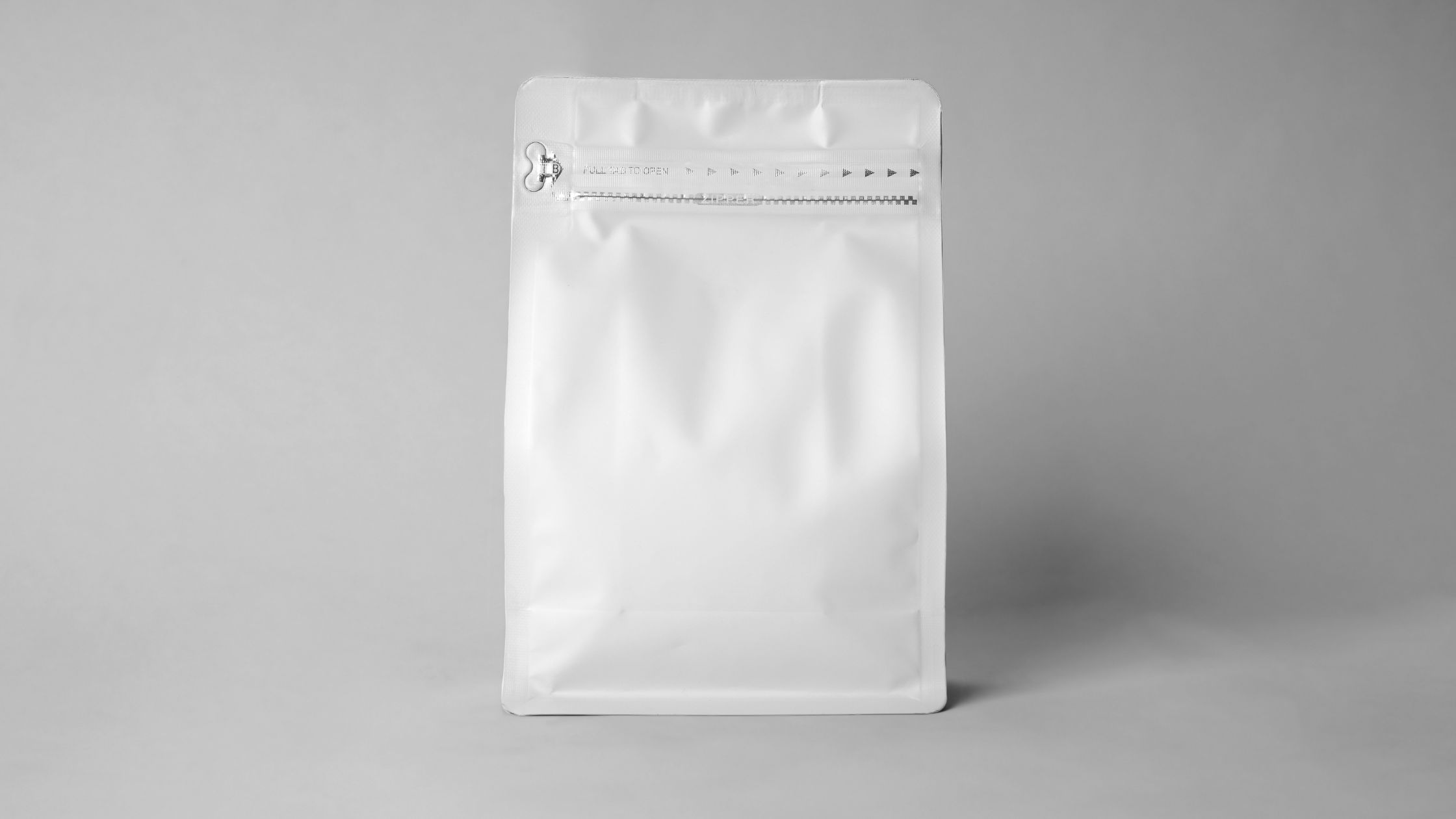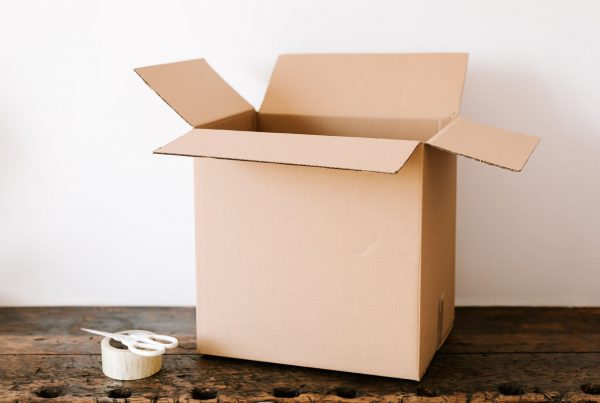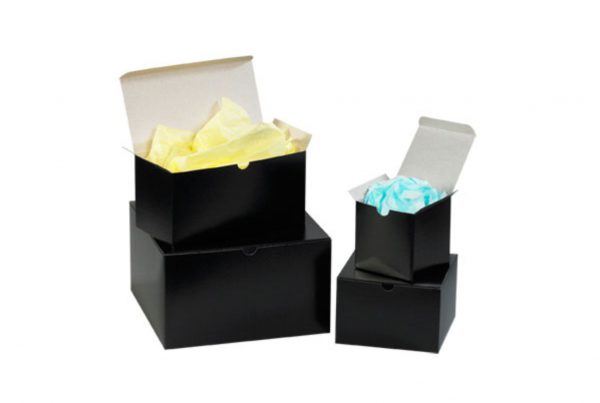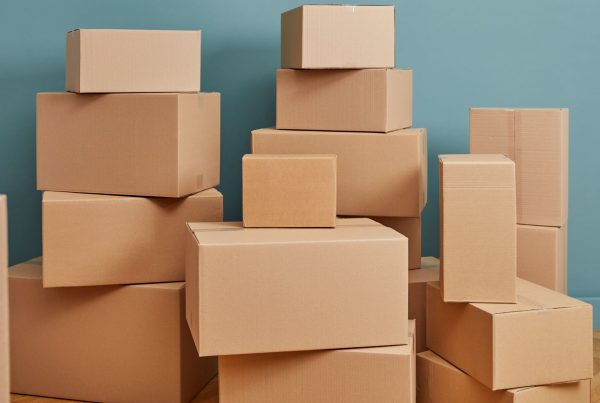Ever thought about how the thickness of poly bags affects their use and your product’s safety? Honestly, it’s one of those things you don’t think about until something goes wrong—like a torn bag or damaged goods. Knowing the right thickness for shipping bags is key to keeping your items safe while they’re moved and stored. Each use has its own thickness needs for durability and performance. We’ll dive into what makes a poly bag thick enough, helping you pick the perfect polybags for your packaging needs.
This knowledge will lead to safer deliveries and happier customers. It’s all about making the right choice for your packaging bags.
Key Takeaways
- The thickness of poly shipping bags affects their durability and protection.
- Choosing the right thickness ensures safe transportation and storage.
- Different applications require specific poly bag thickness levels.
- Understanding your product’s needs is vital for effective packaging.
- Enhanced customer satisfaction is linked to proper shipping poly bags solutions.
The Importance of Poly Bag Thickness
Knowing the right thickness of poly bags for shipping is crucial for their durability and protection. Thicker shipping bag options are stronger, less likely to tear or puncture during shipping. This keeps products safe and builds trust with customers, leading to happier customers.
Understanding Durability and Protection
The strength of packing bags for shipping greatly affects how well they protect what’s inside. Thicker bags handle transport better than thinner ones, shielding against bumps, drops, and other hazards. Choosing the right thickness means fragile items arrive safely, making customers happy. And let’s be real—happy customers are the best kind of marketing.
Impact on Customer Satisfaction and Brand Reputation
Using the right thickness of packing bag is vital for your brand’s image. Customers often judge a product by its packaging. If your goods arrive damaged because of a flimsy bag, it’s not just the product that takes a hit—your reputation does too. Delivering items in sturdy shipping bags poly builds a reliable image, encouraging repeat business. Happy customers spread the word, creating a loyal fan base for your brand.
Poly Bag Thickness Measurements: Mils and Microns
It’s super important to understand how to measure polybag thickness. You can use mils and microns to find the right fit for your needs. This helps you pick the best poly bags for your specific use case.
What are Mils?
A mil is one thousandth of an inch. It’s a straightforward way to gauge the thickness of a poly bag. For example, a 2 mil bag is 0.002 inches thick. Mils help you understand how strong a bag is, which is key when you need to protect your products during transit.
What are Microns?
Microns measure thickness in one-millionth of a meter. Many industries use microns to describe bulk poly bags. A 100 micron bag is robust and great for heavier items. Knowing microns helps you compare options across different suppliers.
Conversions Between Mils and Microns
Understanding mils and microns is key to choosing the right plastic bulk bags. Here’s the deal: 1 mil is about 25.4 microns. So, if a bag is 4 mils, it’s roughly 101.6 microns. Knowing these conversions helps you pick the right bag for protection, ensuring your products stay safe during shipping.
Choosing the Right Thickness for Different Applications
Picking the right thickness for large poly bags is critical for various uses. The type of product and how it’s handled play a big role. Knowing what you need for lightweight, heavy, or industrial items helps you make the best choice.
Lightweight Products
For lightweight items like clothing or small accessories, a thin polybag of 1-2 mils is usually enough. It provides sufficient support without breaking the bank. These bags strike a balance between protection and cost, making them ideal for retail.
Heavy and Sharp Items
Heavy or sharp items need thick, large polyethylene bags, typically 3-6 mils. These prevent tears and keep contents secure during shipping. The right thickness is essential to protect heavy or pointy items from damaging the bag or themselves.
Industrial and Bulk Applications
For industrial and bulk uses, large mailing bags need to be 6 mils or thicker. These bags can handle significant weight and pressure, making them reliable for tough situations like construction materials or heavy equipment parts.
Common Thickness Standards for Poly Bags
Choosing the right thickness for poly bags is key to keeping your products safe. Polybags vary in thickness, each suited for different purposes. Knowing these standards helps you select the right bags for your needs, ensuring your products are well-protected and making handling and storage a breeze.
Standard Thickness Ranges
- 0.5 – 2 mils: Great for lightweight retail items and everyday use.
- 3 – 4 mils: Perfect for shipping and storing items, balancing strength and flexibility.
- 5 – 10 mils: Ideal for heavy-duty needs, offering top-notch protection against damage.
Applications for Each Thickness Level
| Thickness (mils) | Application |
| 0.5 – 2 | Retail packaging, light storage, and promotional items. |
| 3 – 4 | Shipping bags, packaging for clothing, and everyday storage. |
| 5 – 10 | Industrial applications, heavy equipment parts, and hazardous materials. |
Evaluating Your Product’s Needs
Choosing the right poly bag thickness starts with understanding your product’s needs. It’s all about knowing the weight and size of your items. Heavier products need thicker bags for durability and reliability during shipping.
Assessing Weight and Size
First, figure out the weight and size of your products. Heavier items require thicker poly shipping bags for support and to prevent damage. Larger items might need bags that fit their dimensions perfectly to avoid issues during transit.
Understanding Shape and Sharpness
The shape and sharpness of your products matter too. Items with odd shapes or sharp edges can stress a poly bag. Choosing the right thickness helps protect against leaks or breaks during handling and transport. It’s like giving your products a suit of armor!
Considering Environmental Sensitivity
For items sensitive to the environment, picking the right packaging bags thickness is key. Eco-friendly choices are important—not just for the planet, but for your brand’s image. Customers love businesses that care about sustainability, and the right transparent plastic packaging bags can make a big difference.
Shipping Bags: Selecting the Right Thickness
Choosing the right poly shipping bags is critical. You need to understand how different shipping processes affect thickness needs. The durability of poly bags for shipping is key to keeping your products safe during transit.
Environments with rough handling or changing temperatures might need thicker materials. This ensures your items arrive safely. Think about how your shipping operations affect your choice of shipping bag.
Impact of Shipping Processes on Thickness Needs
The type of shipping you do affects the thickness of your poly bags. For example, packages that are frequently moved need stronger bags to avoid damage. Shipping often means you need bags that can handle the journey well. Thicker bags protect your items and build trust with customers—definitely a win-win.
Frequency of Shipping Considerations
How often you ship also matters. If you’re shipping a ton, thicker bulk poly bags can save you money in the long run. They reduce the need for returns and replacements. Studies show that thicker bags lower damage risks, so knowing your shipping volume helps you balance protection and cost.
Cost vs. Performance in Poly Bag Thickness
Choosing the right poly bag thickness is key to saving money. Thicker bags cost more upfront but protect your products better, potentially saving you from costly returns. It’s all about finding that sweet spot.
Understanding Cost Implications
Looking at the cost means considering both the initial price and losses from damaged goods. Companies often face extra costs from returns and refunds due to poor packaging. Choosing the right packing bag thickness can help avoid these costs, improving your budget and product delivery.
Balancing Protection and Budget
Finding the right balance between cost and protection can be tricky, but it’s doable. A smart strategy helps pick the best poly bag thickness for your needs. Think about your product’s weight, fragility, and use. Making informed choices helps you get great results without overspending.
| Poly Bag Thickness (Mils) | Typical Use | Cost Implications | Performance Rating |
| 1-2 | Lightweight items | Lower cost, possible damage risk | Moderate |
| 3-4 | Standard retail products | Moderate cost, good protection | High |
| 5+ | Heavy or sharp items | Higher initial cost, top durability | Very high |
Common Uses for Different Poly Bag Thicknesses
In today’s market, understanding poly bag thicknesses is key to choosing the right bags for different needs. Let’s explore how these thicknesses are used in retail, medical, and industrial fields.
Retail and Personal Care Items
For retail and personal care, large mailing bags are best. They protect items well but are easy to open. Bags of 1-2 mil are perfect for cosmetics, toiletries, and small accessories.
Medical and Food Packaging Standards
In medical and food packaging, the rules are strict. Large polyethylene bags of 3 mil or more are needed to keep products safe. These bags are strong and help keep food and medicine fresh longer.
Industrial Applications and Compliance Requirements
Industrial bags need to meet tough standards. Plastic bulk bags of 4 mil or more are used for heavy items. They’re built to last in tough conditions and keep things secure.
| Application | Recommended Thickness (mil) | Common Products |
| Retail Items | 1-2 | Cosmetics, Clothing, Small Accessories |
| Food Packaging | 3 | Snacks, Frozen Foods, Meats |
| Medical | 3-4 | Pharmaceuticals, Medical Instruments |
| Industrial Applications | 4+ | Construction Materials, Heavy Equipment Parts |
Expert Tips for Choosing Poly Bag Thickness
Choosing the right thickness for poly bags can feel overwhelming, but expert advice makes it easier. Trust me, a little guidance goes a long way.
Consulting Experienced Manufacturers
Talking to experienced manufacturers is a game-changer. They know the ins and outs of poly shipping bags, materials, and can recommend what works best for your specific needs. Their expertise helps you make confident choices.
Staying Updated on Industry Regulations
Keeping up with packaging regulations is a must. These rules ensure your transparent plastic packaging bags are safe and compliant. Staying informed keeps your products secure and your business trustworthy.
Conclusion
Understanding poly bag thickness is crucial for making smart packaging choices. This guide helps you pick the right thickness for your products, considering weight, shape, and environmental factors. By evaluating these, you can find the perfect shipping bag thickness to keep items safe and customers happy.
In the world of product packaging, getting poly bags for shipping right can elevate your brand. Make informed choices to meet your needs and delight your customers.
About The Boxery
At The Boxery, we specialize in top-notch packaging bag solutions tailored to your needs. Our selection includes polybags, shipping bags, and more. These items are designed to be both functional and versatile.
We understand how critical the right packaging is—it keeps your products safe and looks professional. This makes your customers happy. We’re a trusted resource for businesses seeking reliable packaging advice. Our commitment to quality ensures you get the best poly bag materials for your needs, whether for retail, e-commerce, or industrial use.
Choosing The Boxery means investing in your business’s success. We’re here to help you find the perfect large poly bags. Our team is ready to guide you through the options. Your packaging journey starts with us, combining quality and expertise to support your growth. Let’s work together to find the best solutions for you.
FAQ
How thick should poly bags be for shipping fragile items?
For fragile items, use poly shipping bags that are 3 to 6 mils thick. This makes them strong enough to avoid damage during shipping, keeping your delicate products safe.
What type of poly bag should I use for bulk shipping?
For bulk shipping, use large mailing bags that are 6 mils or thicker. These bags can handle the weight and pressure of shipping, helping prevent damage to your items.
Are there eco-friendly options for poly bags?
Yes, there are eco-friendly poly bags made from recycled or biodegradable materials. Make sure they’re thick enough to protect your items during shipping.
What’s the difference between mils and microns in poly bag thickness?
Mils measure thickness in thousandths of an inch, while microns measure in millionths of a meter. Remember, 1 mil is about 25.4 microns. Knowing this helps you pick the right thickness for your shipping bags.
What thickness should I choose for clothing packaging?
For clothing, use poly bags for shipping that are 1 to 2 mils thick. They offer enough protection without being too heavy, helping save on shipping costs.
How can I ensure customer satisfaction with my poly bag packaging?
Choose packing bags for shipping that provide good protection and are the right thickness. This prevents damage during delivery. Also, transparent plastic packaging bags can make unboxing more exciting for customers.
Do heavy items require special poly bag considerations?
Yes, heavy items need thicker, large polyethylene bags, about 4 to 6 mils. This ensures they don’t tear under the weight, making them key for safe delivery.
What should I consider when choosing polybags for shipping food?
When shipping food, pick poly bags that meet safety standards. Thicker bags are needed to keep food fresh and safe from contamination.
Can I use the same thickness for all types of products?
No, don’t use the same thickness for all products. Each item has unique needs based on weight, shape, and sensitivity. Choose the right thickness for each product to ensure safer shipping with poly shipping bags.
How often should I reassess the thickness of my poly bags?
It’s smart to check your poly bag thickness regularly, especially when shipping new items. Staying updated with the latest requirements helps keep your products safe.





Recent Comments